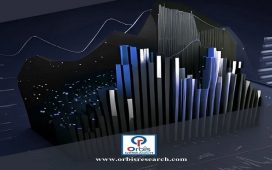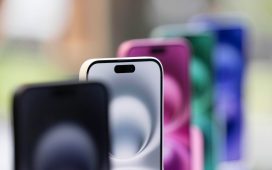In the rapidly evolving electric vehicle (EV) market, one of the most significant trends in recent years is the growing shift towards LFP batteries. These lithium iron phosphate (LFP) batteries have become a favourite among many car manufacturers, primarily because they offer more affordable electric vehicles and other key advantages. As a result, many companies are embracing this technology over traditional NCM (Nickel Cobalt Manganese) batteries.
Why are LFP batteries becoming so popular?
LFP batteries stand out for their lower costs, increased durability, and enhanced safety when compared to other battery technologies. Companies like CATL and BYD, leading manufacturers from China, have been spearheading this shift. In fact, they dominated the global market in the second quarter, capturing 43.5% of global EV battery sales, according to SNE Research. Their dominance has spurred other automakers, such as Renault, Volkswagen, Nissan, and Stellantis, to follow suit.
Hyundai and KIA join the LFP battery race
Not wanting to fall behind, Hyundai and KIA, two of South Korea’s largest automakers, are taking bold steps to embrace LFP battery technology. Their strategy involves not only adopting this battery type but also developing a revolutionary production process that will help them gain control over the entire production chain.
Hyundai and KIA have announced their partnership with local companies Hyundai Steel and EcoPro BM to produce their own LFP batteries. This initiative is aimed at reducing reliance on foreign suppliers while lowering production costs and making their EV offerings more competitive.
A closer look at the new LFP battery production method
The collaboration between Hyundai, KIA, Hyundai Steel, and EcoPro BM is focused on creating high-purity iron powder using recycled iron. This iron will then be used to produce LFP cathode materials, a critical component in battery manufacturing.
What makes this process so innovative is the elimination of precursor production. Normally, LFP cathode materials are created by adding lithium to precursors like iron phosphate or iron sulphate. However, the new method developed by Hyundai and its partners will directly combine phosphate, iron powder, and lithium. This approach skips the precursor stage altogether, resulting in a significant reduction in production costs and lower emissions of harmful substances during the manufacturing process.
How will this benefit future Hyundai and KIA EVs?
By adopting this new LFP battery production method, Hyundai and KIA will be able to reduce battery costs and improve their environmental sustainability. More importantly, it will enable them to offer vehicles with faster charging capabilities and better performance in low-temperature environments, two key factors that influence consumer decisions when purchasing electric cars.
The direct impact of this innovation will be reflected in the next generation of Hyundai and KIA EVs, including models like the KIA EV3 and the Hyundai Inster. Both vehicles will be equipped with LFP batteries, which will not only provide them with greater driving ranges but also make them more affordable.
New models equipped with LFP batteries
One of the first vehicles to benefit from Hyundai and KIA’s LFP battery advancements is the Hyundai Inster, which is expected to hit the European market at a price below €25,000. With a range of up to 355 kilometers on a single charge, this model is set to appeal to a wide range of consumers looking for an affordable electric vehicle with solid performance.
Meanwhile, the KIA EV3 is another model poised to take advantage of LFP battery technology. Priced at around €37,000, the EV3 boasts an impressive 605 kilometers of range, making it one of the more competitive options in the EV market.
Hyundai and KIA’s impact on South Korea’s battery industry
This bold move by Hyundai and KIA isn’t just about producing cheaper electric cars; it’s also about boosting South Korea’s technological capabilities. According to Soonjoon Jung, Vice President of Hyundai and KIA’s Electrification and Powertrain Materials Development group, this project is designed to reduce dependence on battery imports and strengthen the country’s technological competitiveness in the global automotive market.
By internalizing key technologies for battery production, Hyundai and KIA are ensuring that they remain at the forefront of the global EV market, while also contributing to South Korea’s long-term industrial growth.
A major leap towards battery independence
Hyundai and KIA’s decision to dive into LFP battery production represents a significant step toward achieving greater independence in the electric vehicle industry. By streamlining their battery production process and eliminating costly steps like precursor creation, they can offer cheaper, more sustainable batteries without compromising on performance or safety.
With models like the Hyundai Inster and KIA EV3 soon hitting the market, consumers can expect more affordable EV options that offer excellent performance, longer driving ranges, and faster charging times. As Hyundai and KIA continue to innovate, it’s clear that they are committed to leading the future of electric mobility through sustainability and cutting-edge technology.
You might like:





